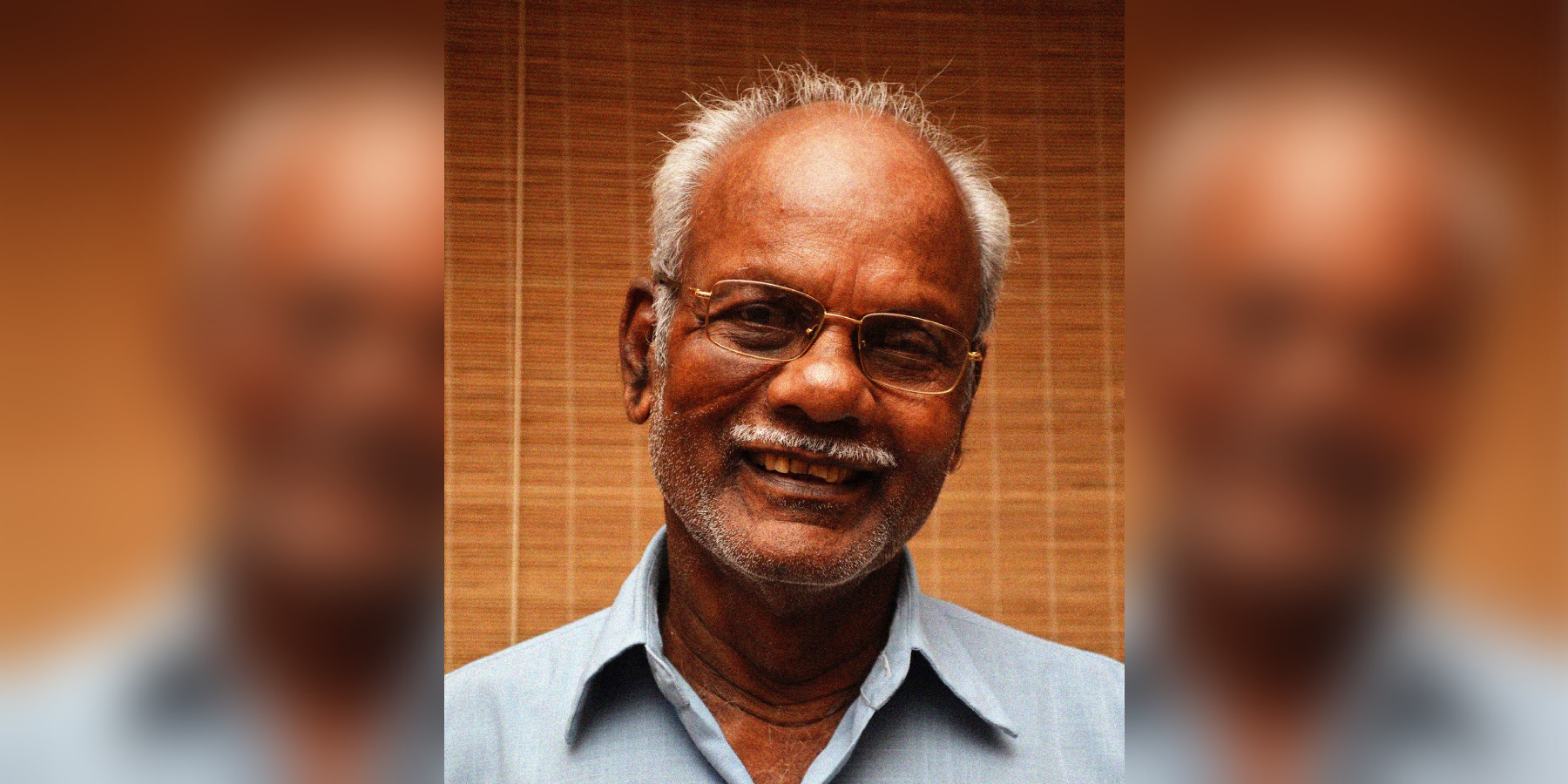The English version of his most celebrated work Kocharethi won wide critical acclaim, prompting interest in the Malayalam original.

Narayan, Kerala's first tribal novelist, died on 16 August. (Creative Commons)
Born in a Malayaraya tribal family that was forever in debt, Narayan believed only hard work and determination could liberate him from the shackles in which his clan had been for a long time.
He opted for formal education when most others of his age group in the remote tribal colony in Idukki preferred coolie work, and hard work made him an employee of the Indian postal department.
In the subsequent years, he shifted his family to Elamakkara on the outskirts of Kochi and wanted to be known as a tribal who preferred an urban life.
When he breathed his last at 82 in Kochi on Tuesday, 16 August, following Covid-19-related complications, the Malayalam literary world lost a stalwart who ensured the representation of tribal creativity in it.
Though he lived far away from his tribal environment and within the hustle and bustle of Kochi city, Narayan wrote Kocharethi and became the state’s first tribal novelist.
A gateway into the little-known Malayaraya life, Kocharethi won wide critical acclaim apart from Kendra Sahitya Akademi and Kerala Sahitya Academy awards for best fiction.
In 2011, its English version “Kocharethi, the Araya Woman” won the prestigious Economist Crossword Book Award.
The exceptional translation by Catherine Thankamma, faculty with RLV College in Tripunithura, was published by Oxford University Press and directed global attention to the lives and struggles of the Malayarayas, one of the highly marginalised tribal segments in Kerala.
Though he wrote four more novels, Kocharethi continues to be his most outstanding work because of the content and unique writing style. The novel is one of the prescribed texts for a course on Subaltern Studies at Canada’s Calgary University.
It was translated into Tamil, Kannada, Telugu, Hindi, and French.
As far as Narayan was concerned, Kocharethi remained a realistic portrayal of the struggles and travails of his community.
It depicted the history, traditions and survival struggles of the community that preferred to live in the high ranges of the Western Ghats in the Idukki district.
Heroine Kunjpennu and her childhood love and later husband Kochuraman introduced readers to a world that, till then, was alien to mainstream Kerala.
In the novel, Narayan meticulously wove the transition of the community to the present life and effectively depicted the pains of its separation from the past, culture, myths, rituals, and ways of life.
The novel also portrayed the links between Malayarayas and nature, and how settlers destroyed their ecosystem and tricked them out of their lands.
The advent of Christianity and the subsequent conversions created Hindu and Christian Malayararas, and Narayan testified that those who opted for Christianity were far better off. The non-Christian Malyarayas are a forsaken community and nobody’s people, he used to say.
While writing Kocharethi, Narayan saw it as a means of protest against non-tribal writers who penned works on tribal life without profound studies or interactions. He was irked by the fanciful and wrong representations of the community in films and literature.
It may be curious that the Malayalam original, released by a leading publishing house in Kerala, got noticed only 10 years after the publication. The critical acclaim won by the English translation prompted readers to look for the Malayalam original.
The translation gave the novel a new lease of life. The world accepted the novel, which spoke about the marginalisation, identity crisis, and land rights issues faced by the Malayaraya tribals.
It portrayed vividly how the community, with unique farming practices, traditional medicines, and fertile lands, became displaced, dispossessed, and finally dependent on the benevolence of the state to protect their lands and, most importantly, their cultural identity.
“The book was dependent heavily on the memories recounted by my great-grandfather. The oral history got a coat of creativity,” summed up Narayan two years ago when this author met him.
Narayan was a voracious reader and remained an authority on Kerala’s tribals till death.
He said all his works were honest pictures of the struggles waged by his community.
Through the books, he also aimed to teach younger generations of the community where they came from and who they were. In the process, he always avoided romanticising the past.
Narayan always wanted to keep Kocharethi as a socio-critique with subtle polemics.
The loss is irreplaceable as Malayalam literary field has only a minuscule of tribal writers at present and hardly any novelist to be noticed.

Apr 23, 2024

Apr 23, 2024

Apr 23, 2024

Apr 23, 2024

Apr 23, 2024